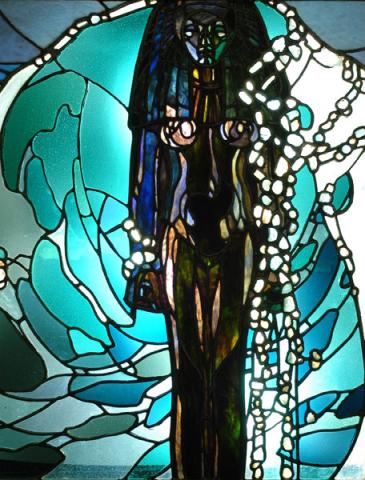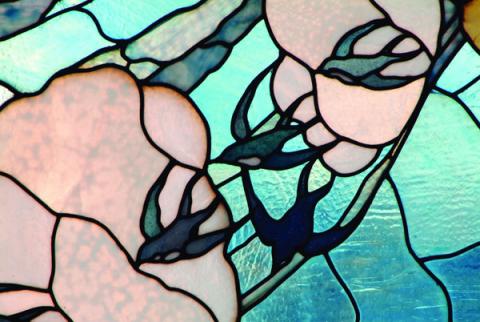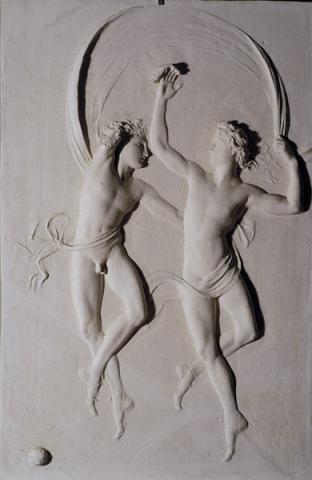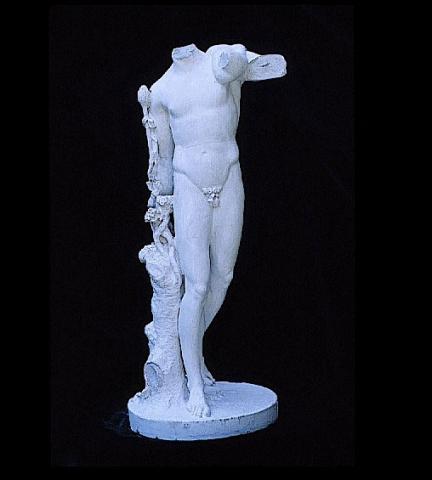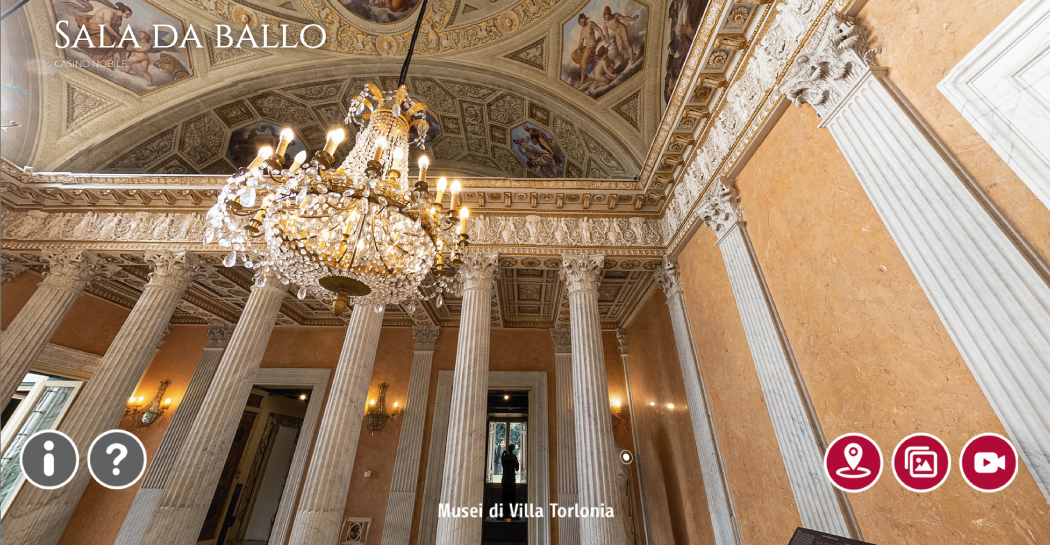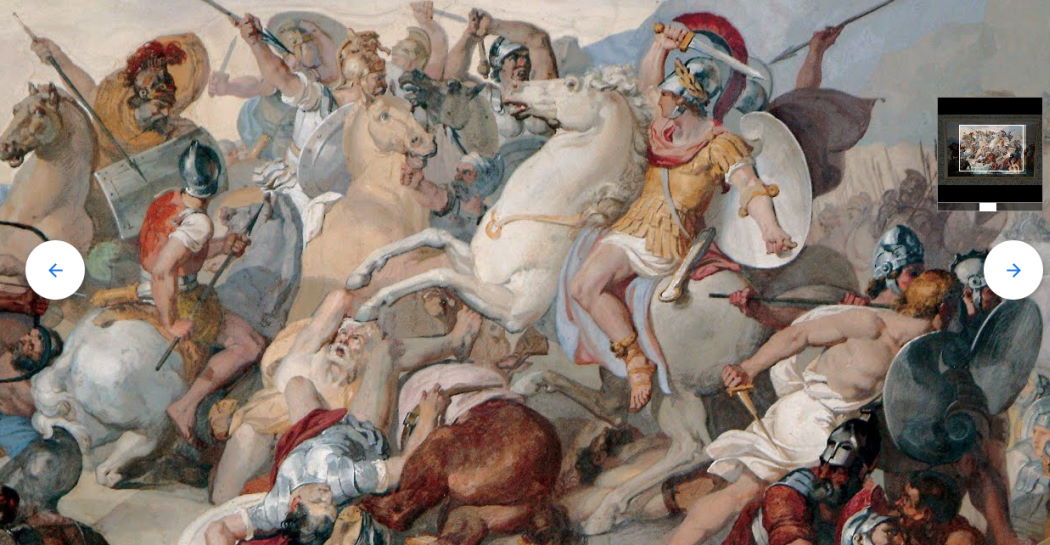Editorial
After restoration work by the Assessorato alle Politiche Culturali Sovraintendenza ai Beni Culturali of the Municipality of Rome, the fascinating Villa Torlonia – with its centuries-old history and thousand nooks and crannies – will be opened once more to the public. The attractions of the site are the Casino Nobile (the home of the Villa Museum and the collection of works by the Roman School), the Casino dei Principi (used for exhibitions and the home of the Roman School Archive), and the Museum of the Casina delle Civette.
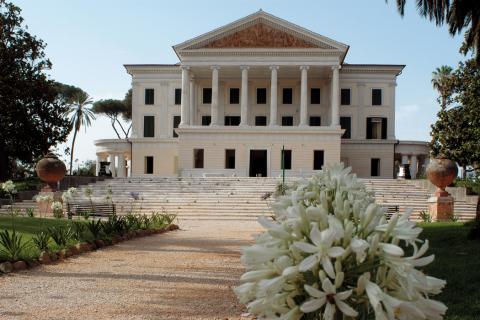
The Casino Nobile is the principal building in Villa Torlonia. It is the result of building work by Giuseppe Valadier at the start of the nineteenth century and then by Giovan Battista Caretti in the period 1832–40. The building was the main residence of the Torlonia family.
After decades of abandon, it has been renovated to the state it enjoyed in the middle of the nineteenth century, with a profusion of decorative elements by the best known artists of the time, such as Bertel Thorvaldsen, Francesco Podesti, Francesco Coghetti and Luigi Fioroni.
The focal point of the building is the magnificent Ballroom, which has two “orchestras” where the musicians would play during parties thrown by the Torlonia family. Ringing the Ballroom are rooms in Gothic, Neo-Renaissance and Neo-Classical styles, and on the upper floor there is even an Egyptian Room. Unique in the richness and splendour of its decorations, the room reflects the artistic culture of the age.
The rooms on the ground and first floors have been completely redecorated and are now home to the Villa Museum.
Sculptures and furniture are displayed to recreate the atmosphere of a princely residence in nineteenth-century Rome. The furniture (consoles, benches, dressing tables, chandeliers and tables) has replaced the Villa’s original articles, which sadly are now lost, with the exception of the items in the bedroom of Giovanni Torlonia (later used by Mussolini), which were found in a storeroom of the Provveditorato dello Stato and loaned to the Villa.
The sculptures exhibited were found in various places around the property. They have been restored and already been displayed on a temporary basis in the Casino dei Principi, however, they represent only a small part of the magnificent Torlonia collection (which is still almost all private property). The collection features ancient and Neo-Classical works, including three superb stucco reliefs by Antonio Canova that were found in a room beneath the Theatre in 1997.
In the basement, the bomb shelter and gas shelter built by Mussolini have been restored, as well as the false Etruscan Tomb discovered during the works. This is a splendid hypogeum frescoed entirely in Etruscan style that the public will be able to visit, but under particular conditions.
Two rooms in the basement are home to the Documentation Section: in one, films are shown of the history of the Villa from the time it was used by Mussolini as his residence to the opening of the property to the public by the Mayor of Rome, Giulio Carlo Argan, and the recent restoration; in the other, there are photographs and information panels that document the transformations that the Villa has undergone and the history of the Torlonia family.
The second floor is devoid of decoration and is home to the Roman School Museum, a collection of artworks by the “Roman School”, the artistic movement that took hold in Rome between the wars. It numbered among its members such luminaries as Mafai, Antonietta Raphaël, Antonio Donghi, Cagli, Leoncillo, Trombadori, Francalancia, Mirko Basaldella, Fazzini, Ferrazzi, Pirandello, Cavalli, Capogrossi, Vespignani and others. It exhibits approximately 150 paintings, sculptures and drawings that provide an exhaustive account of the artistic world during those decades. It has been made possible by an agreement with the Roman School Archive, an association formed in 1983 by a group of scholars and intellectuals.
The Casino dei Principi, a building in Neo-Cinquecento style that has been restored since 2002, holds the Roman School Archive on the ground floor and temporary exhibitions on the two piani nobili.
The outstanding Roman School Archive of paper documents tells the history and activities of the movement. It is based on letters, manuscripts, diaries (mostly unpublished), books, catalogues, magazines and a large library of photographs. All the materials are catalogued and will be available for consultation by the public from early 2007. The entire archive has been donated to the Municipality of Rome.
The two piani nobili will inaugurate the series of temporary exhibitions with “All Cards Revealed. 23 Years of the Roman School Archive”.
The Casina delle Civette was designed in 1840 by the architect Giuseppe Jappelli and later transformed by V. Fasolo in 1917–20. Since 1997 it has been an interesting museum dedicated to artistic stained glass.
The original windows were made between 1910 and 1925 by the great Roman craftsman Cesare Picchiarini from designs by Duilio Cambellotti, Umberto Bottazzi and Paolo Paschetto. A vast selection is available that illustrates the evolution of the art of stained glass in Rome during that period. The original collection belonging to the Casina has been enhanced with others by the same artists and, above all, with drawings, sketches and cartoons, many of which were made for windows commissioned by the prince.
No other residence has such a wide-ranging and large collection, one that documents the history and growing popularity of this artistic technique in the early decades of the twentieth century. Visitors to the Casina will be surprised at the variety of furnishings and decorations in the rooms. Your visit will be filled with discoveries as you tour the property and enjoy its decorative features and artworks.


























